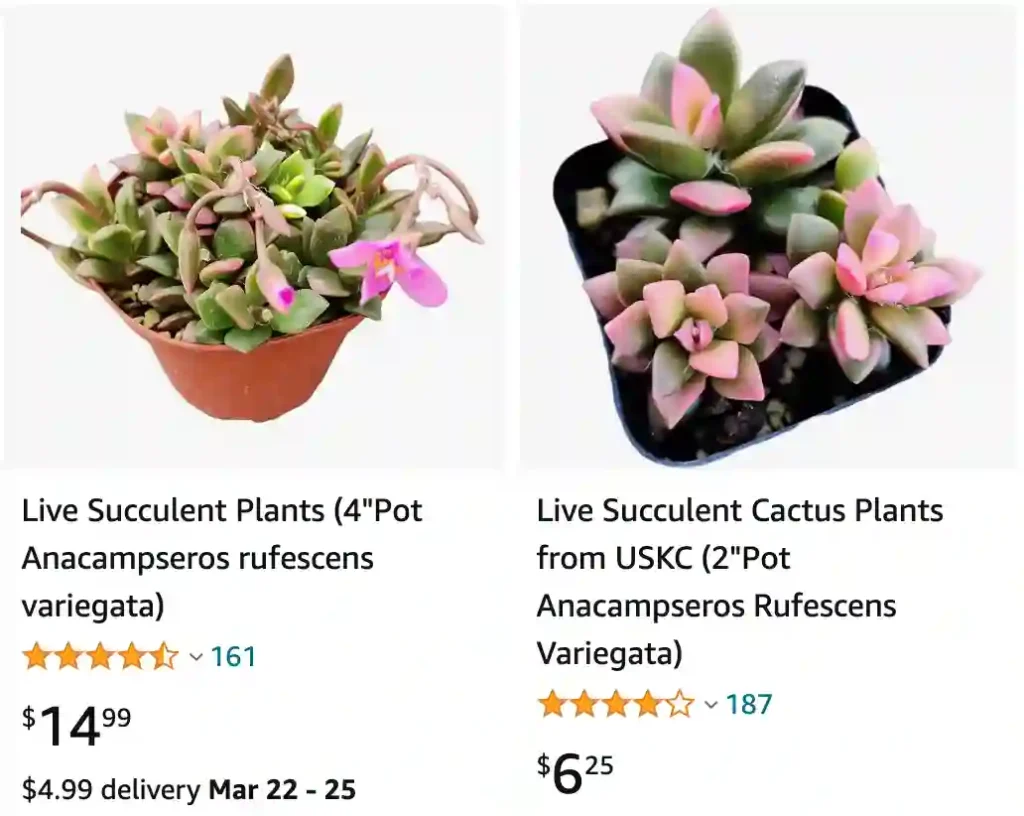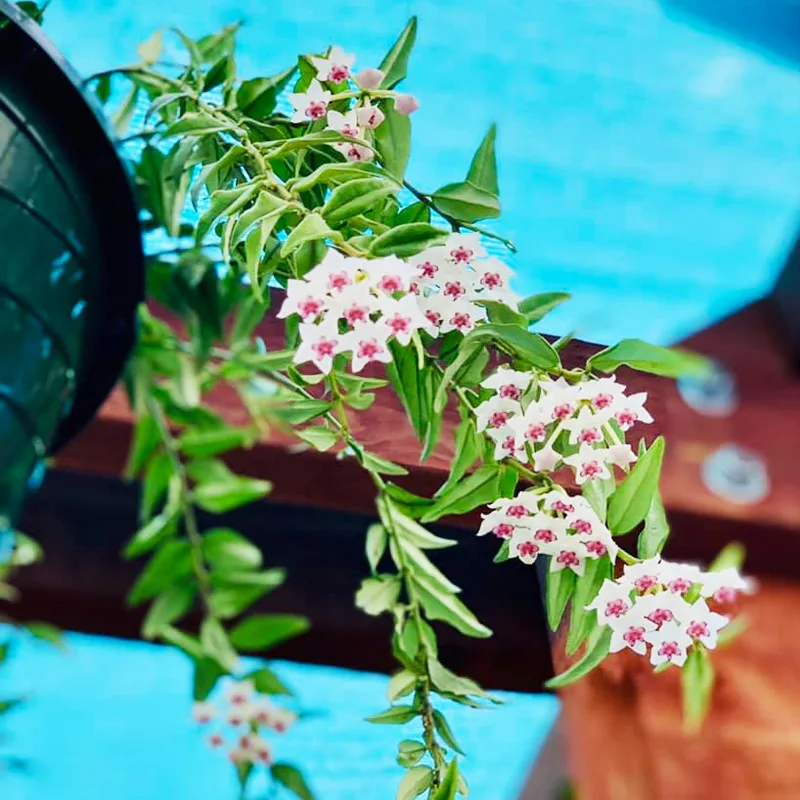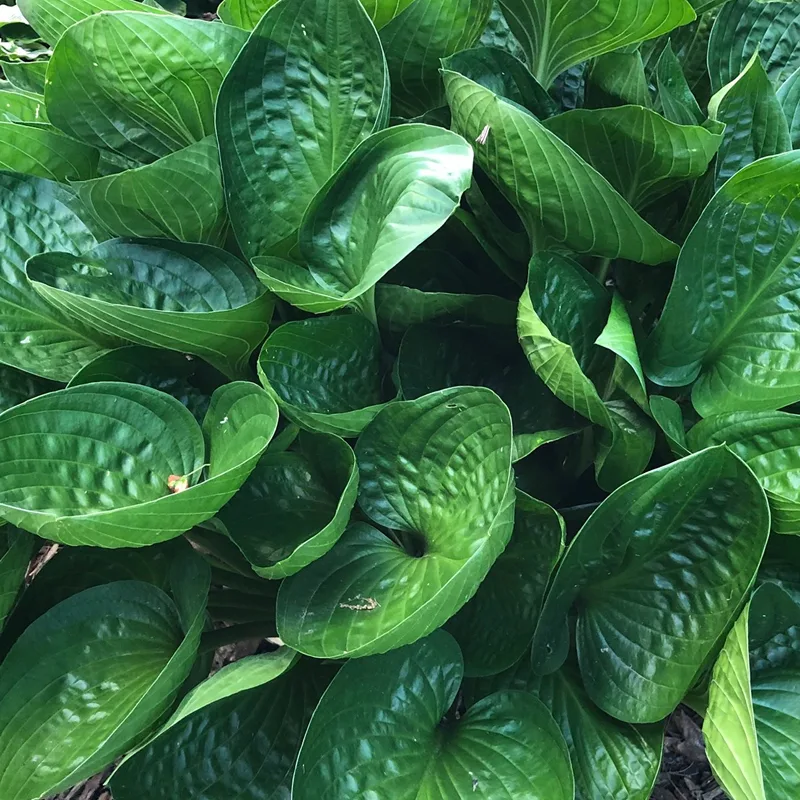
The Allure of the Sand Rose: My Love Affair with Anacampseros Rufescens
Few succulents capture the imagination quite like the Anacampseros rufescens, also known as the Sand Rose. These captivating little plants, with their spiraling rosettes of fleshy leaves that twist and turn like a miniature rose, have become a mainstay in my succulent collection. But their charm goes beyond mere aesthetics. Anacampseros rufescens, with its surprising resilience and unique personality, has become a firm favorite.
61 Species in Genus Anacampseros
What is Anacampseros Rufescens?
Native to the rocky crevices of South Africa’s shrublands, Anacampseros rufescens thrives in harsh conditions. Its plump, triangular leaves boast a fascinating duality – a cool, olive green on the topside and a dramatic, deep wine red on the underside. This captivating color play intensifies when exposed to ample sunlight, transforming the rosettes into a vibrant tapestry of red and green.
Beyond their visual appeal, Anacampseros rufescens boasts a delightful surprise – delicate, star-shaped flowers that emerge in spring or summer. These soft pink blooms add a touch of whimsy to the already captivating plant.
Anacampseros rufescens vs telephiastrum
I’ve grown Anacampseros rufescens and telephiastrum, and I find rufescens to be a bit more forgiving in terms of care. The rufescens has a striking reddish color that really stands out, while telephiastrum’s more subdued hues never quite caught my eye the same way. I noticed that rufescens thrives even with occasional neglect, whereas telephiastrum seems to need more consistent attention to maintain its health. The texture of rufescens’ leaves feels almost like velvet, making it a tactile delight, while telephiastrum has a more typical succulent feel.
A Safe Haven for Felines? Are Anacampseros Rufescens Cat-Safe?
While many succulents pose a threat to curious felines, Anacampseros rufescens is generally considered non-toxic. However, it’s important to remember that cats are drawn to all sorts of textures and shapes, and these tempting rosettes might be too much to resist. To be on the safe side, it’s best to keep your Anacampseros rufescens out of reach of your furry friends.
Does Anacampseros Rufescens Die After Blooming?
Unlike some succulents that perish after flowering, Anacampseros rufescens is a trooper. The blooming process might take a toll on the plant, but it won’t spell its doom. With proper care, your Sand Rose will continue to thrive after the flowers fade. Simply remove the spent blooms to encourage new growth.
How Best to Grow Anacampseros Rufescens Inside?
Anacampseros rufescens thrives in bright, indirect sunlight. A sunny windowsill is the perfect spot for this little sun worshiper. South-facing windows in the Northern Hemisphere or North-facing windows in the Southern Hemisphere provide ideal light conditions.
When it comes to watering, moderation is key. These succulents store water in their leaves and prefer to dry out completely between waterings. Err on the side of underwatering rather than overwatering, as soggy soil can lead to root rot.
As for the container, choose a pot with drainage holes to prevent water from accumulating around the roots. A pot made of terracotta allows for good air circulation, which is essential for succulents.
How to Care for Anacampseros Rufescens?
With minimal TLC, your Anacampseros rufescens will reward you with years of vibrant beauty. Here’s a quick rundown of its care needs:
- Light: Plenty of bright, indirect sunlight is essential.
- Watering: Water thoroughly when the soil is completely dry, then allow it to dry out completely again before watering.
- Soil: Well-draining succulent or cactus mix is ideal.
- Temperature: Prefers warm temperatures, ideally between 65°F and 80°F (18°C and 27°C).
- Fertilizer: Feeding is not necessary, but a diluted dose of succulent fertilizer during the growing season can provide a slight boost.
How to Propagate Anacampseros Rufescens?
Sharing the beauty of Anacampseros rufescens is as easy as propagation. Here are two popular methods:
- Leaf propagation: Carefully remove a healthy leaf and allow it to callous over for a few days. Place the calloused end on well-draining succulent mix and mist lightly to encourage root growth.
- Offsets: These are small plantlets that grow around the base of the mother plant. Gently remove the offsets and pot them individually in well-draining succulent mix.
With a little patience and these simple techniques, you’ll be well on your way to multiplying your Sand Rose collection.
The journey with Anacampseros rufescens has been a delightful one. From its captivating looks to its surprising resilience, this little succulent has become a cherished member of my plant family. So, if you’re seeking a low-maintenance succulent with a captivating personality, look no further than the Sand Rose. With a little love and care, this charming plant will bring a touch of sunshine to your life.
If i die, water my plants!



